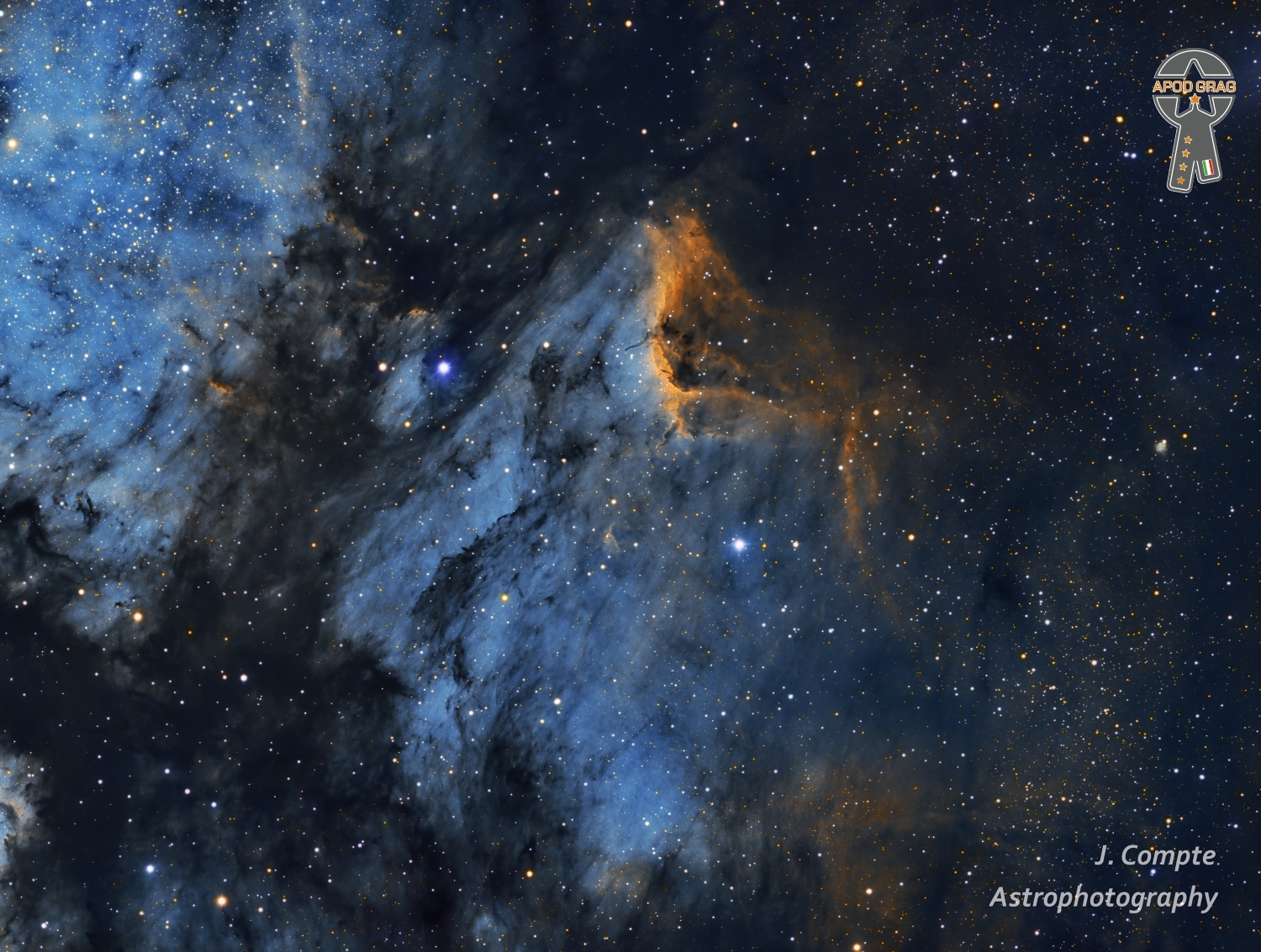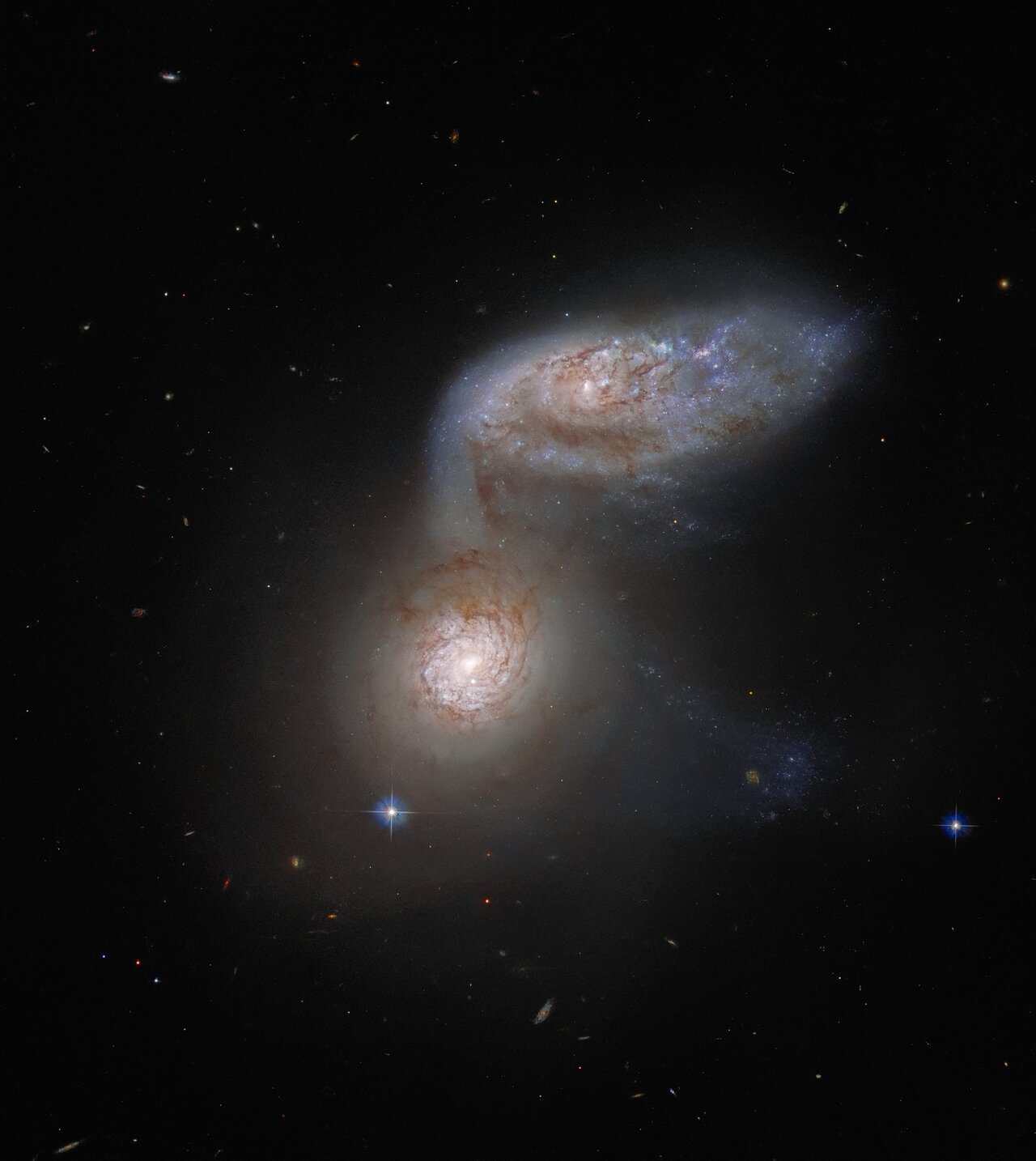Millicent Dolly May Small CD (6 October 1947 – 5 May 2020) was a Jamaican singer and songwriter, best known for her 1964 recording of “My Boy Lollipop“, which reached number two in both the UK Singles Chart and the US Billboard Hot 100. On her UK records, she was usually credited mononymously as Millie. She was the Caribbean’s first international recording star, and its most successful female performer.
Small was born in Clarendon, Jamaica, the daughter of a sugar plantation overseer. She was one of seven brothers and five sisters. Like many Jamaican singers of the era, her career began by winning the Vere Johns Opportunity Hour talent contest, which she won at the age of twelve.[5]Wishing to pursue a career as a singer, she moved to live with relatives in Love Lane in Kingston. She auditioned for Studio One record producerCoxsone Dodd, who was struck by the similarity of her voice to that of Shirley Goodman of the American duo Shirley and Lee. He paired her with singer Owen Gray, and they made several records together, including “Sugar Plum”, which became a local hit.
see full post...Tony Oladipo Allen (20 July 1940 – 30 April 2020) was a Nigerian drummer, composer, and songwriter who lived and worked in Paris, France. Allen was the drummer and musical director of Fela Kuti‘s band Africa ’70 from 1968 to 1979, and was one of the primary co-founders of the genre of Afrobeat music. Fela once stated that, “without Tony Allen, there would be no Afrobeat.” He was described by Brian Eno as “perhaps the greatest drummer who has ever lived”. Allen’s career and life story were documented in his 2013 autobiography Tony Allen: Master Drummer of Afrobeat, co-written with author/musician Michael E. Veal, who previously wrote a comprehensive biography of Fela Kuti.
see full post...Little Sonny (born Aaron Willis, October 6, 1932, Greensboro, Alabama) is an American electric blues harmonica player, singer and songwriter.[1]His early mentor and inspiration was Sonny Boy Williamson II. Nevertheless, Little Sonny stated that his nickname was originated by his mother: “[She] called me ‘Sonny boy’ from the time I can remember.” He has released eight albums, including three for a subsidiary of Stax Records. His 1973 release, Hard Goin’ Up, reached the Top 50 in the Billboard R&B chart.
Willis was born in 1932 and raised solely by his mother. He relocated to Detroit in 1953. He had no real interest in music, he said, “But then I saw Sonny Boy Williamson II.” Willis was “spellbound at the way he played. After the show I went home and practiced for hours. Every day after that I would practice until I got the sound I wanted.” His daytime job was working in a used car lot.
see full post...The Pelican Nebula (also known as IC 5070 and IC 5067) is an H II region associated with the North America Nebula in the constellation Cygnus. The gaseous contortions of this emission nebula bear a resemblance to a pelican, giving rise to its name. The Pelican Nebula is located nearby first magnitude star Deneb, and is divided from its more prominent neighbour, the North America Nebula, by a molecular cloud filled with dark dust.
The Pelican is much studied because it has a particularly active mix of star formation and evolving gas clouds. The light from young energetic stars is slowly transforming cold gas to hot and causing an ionization front gradually to advance outward. Particularly dense filaments of cold gas are seen to still remain, and among these are found two jets emitted from the Herbig–Haro object 555. Millions of years from now this nebula might no longer be known as the Pelican, as the balance and placement of stars and gas will leave something that appears completely different.

Delroy George Wilson CD (5 October 1948 – 6 March 1995) was a Jamaican ska, rocksteady and reggae singer. Wilson is often regarded as Jamaica’s first child star, having first found success as a teenager. His youngest son, Karl “Konan” Wilson, has found success as part of British duo Krept and Konan (founded 2009).
Delroy Wilson began his recording career at the age of thirteen, while still a pupil at Boys Town Primary School. Wilson released his first single “Emy Lou”[citation needed] in 1962 for record producer, Clement “Coxsone” Dodd. His early years with Coxsone yielded a number of ska hits, the biggest of which, the Lee Perry-written “Joe Liges” was an attack on rival producer and former Dodd employee Prince Buster. This was followed by another Perry-written attack on Buster, “Spit in the Sky”. Further singles followed, including “One Two Three”, “I Shall Not Remove”, “Look Who Is Back Again” (a duet with Slim Smith), and another anti-Buster song, “Prince Pharaoh”, notably the only record featuring the voice of Dodd himself. He is regarded as Jamaica’s first child star.
see full post...Steven Haworth Miller (born October 5, 1943) is an American guitarist, singer and songwriter, known as leader of the Steve Miller Band. He began his career in blues and blues rock and evolved to a more pop-oriented sound during the mid-1970s through the early 1980s, releasing popular singles and albums. Miller was inducted into the Rock and Roll Hall of Fame in 2016.
Born in Milwaukee, Wisconsin, Miller received his first exposure to music from his mother, Bertha, whom he described as a remarkable jazz-influenced singer, and his physician father, George, known as “Sonny” who, in addition to his profession as a pathologist, was a jazz enthusiast and an accomplished amateur recording engineer. Guitar virtuoso Les Paul and his musical partner Mary Ford were regular visitors at the Miller house. The Millers were best man and matron of honor at the December 1949 Paul/Ford wedding. Paul became Steve’s godfather. Les Paul heard Steve, who was six, on a wire recording made by Dr. Miller, “banging away” on a guitar given to him by his uncle, Dr. K. Dale Atterbury. Paul encouraged Miller to continue with his interest in the guitar… and “perhaps he will be something one day.”
https://www.youtube.com/watch?v=pIF9hCgImTY
see full post...William Robert “Bill” Dixon (October 5, 1925 – June 16, 2010) was an American composer, improviser, visual artist, activist, and educator. Dixon was one of the seminal figures in free jazz and late twentieth-century contemporary music. His was also a prominent voice arguing for artist’s rights and insisting, through words and deeds, on the cultural and aesthetic richness of the African American music tradition. He played the trumpet, flugelhorn, and piano, often using electronic delay and reverb.
Dixon hailed from Nantucket, Massachusetts, United States. His family moved to Harlem, in New York City, in 1934. He enlisted in the Army in 1944; his unit served in Germany before he was discharged in 1946. His studies in music came relatively late in life, at the Hartnette Conservatory of Music (1946–1951), which he attended on the GI Bill. He studied painting at Boston University and the WPA Arts School and the Art Students League. From 1956 to 1962, he worked at the United Nations, where he founded the UN Jazz Society.
see full post...James Blanton (October 5, 1918 – July 30, 1942) was an American jazz double bassist. Blanton is credited with being the originator of more complex pizzicato and arco bass solos in a jazz context than previous bassists. Nicknamed “Jimmie,” Blanton’s nickname is usually misspelled as “Jimmy,” including by Duke Ellington.
Blanton was born in Chattanooga, Tennessee. He originally learned to play the violin, but took up the bass while at Tennessee State University, performing with the Tennessee State Collegians from 1936 to 1937, and during the vacations with Fate Marable.
In 1941, Blanton was diagnosed with tuberculosis. Blanton died on July 30, 1942, at a sanatorium in Duarte, California, aged 23.
see full post...This Picture of the Week features two interacting galaxies that are so intertwined, they have a collective name — Arp 91. This delicate galactic dance is taking place over 100 million light-years from Earth, and was captured by the NASA/ESA Hubble Space Telescope. The two galaxies comprising Arp 91 do have their own names: the lower galaxy, which in this image looks like a bright spot, is known as NGC 5953; and the ovoid galaxy to the upper right is NGC 5954. In reality, both of these galaxies are spiral galaxies, but their shapes appear very different because they are orientated differently with respect to Earth. Arp 91 provides a particularly vivid example of galactic interaction. NGC 5954 is clearly being tugged towards NGC 5953 — it looks like it is extending one spiral arm downwards. It is the immense gravitational attraction of the two galaxies that is causing them to interact. Such gravitational interactions between galaxies are common, and are an important part of galactic evolution. Most astronomers nowadays believe that collisions between spiral galaxies lead to the formation of another type of galaxy, known as elliptical galaxies. These immensely energetic and massive collisions, however, happen on timescales that dwarf a human lifetime — they take place over hundreds of millions of years. So we should not expect Arp 91 to look any different over the course of our lifetimes! Links Video A Dangerous Dance

Edgar Gómez (born October 4, 1944) is a jazz double bassist born in Santurce, Puerto Rico, known for his work with the Bill Evans Trio from 1966 to 1977.
Gómez moved with his family from Puerto Rico at a young age to New York, where he was raised. He started on double bass in the New York City school system at the age of eleven and at age thirteen went to the New York City High School of Music & Art. He played in the Newport Festival Youth Band (led by Marshall Brown) from 1959 to 1961, and graduated from Juilliard in 1963.
He played with musicians such as Gerry Mulligan, Marian McPartland, Paul Bley, Steps Ahead, and Chick Corea. He spent a total of eleven years with the Bill Evans Trio, which included performances in the United States, Europe and Asia, as well as dozens of recordings.
His career mainly consists of working as an accompanist, a position suited for his quick reflexes and flexibility. In addition to working as a studio musician for many famous jazz musicians, he has recorded as a leader for Columbia Records, Projazz and Stretch. Many of his recent recordings as a leader are co-led by the jazz pianist Mark Kramer.
https://www.youtube.com/watch?v=ybv6tqH4O9Y
see full post...Steve Swallow (born October 4, 1940) is an American jazz fusion bassist and composer, known for his collaborations with Jimmy Giuffre, Gary Burton, and Carla Bley. He was one of the first jazz double bassists to switch entirely to electric bass guitar.
Born in Fair Lawn, New Jersey, United States, Swallow studied piano and trumpet, as a child, before turning to the double bass at age 14. While attending a prep school, he began trying his hand in jazz improvisation. In 1960, he left Yale University, where he was studying composition, and settled in New York City, playing at the time in Jimmy Giuffre‘s trio along with Paul Bley. After joining Art Farmer‘s quartet in 1963,[1] Swallow began to write. It is in the 1960s that his long-term association with Gary Burton‘s various bands began.
see full post...Amos Leon Thomas Jr. (October 4, 1937 – May 8, 1999), known professionally as Leon Thomas, was an American jazz and blues vocalist, born in East St. Louis, Illinois, and known for his bellowing glottal-stop style of free jazz singing in the late 1960s and 1970s.
Leon Thomas was born Amos Thomas, Jr. on October 4, 1937, in East St. Louis, Illinois. He studied music at Tennessee State University. At the time of his studies, he had begun a singing career as a guest vocalist for the jazz bands of percussionist Armando Peraza, saxophonist Jimmy Forrest, and guitarist Grant Green. His musical development at this time was shaped in part by seeing saxophonist John Coltrane perform in trumpeter Miles Davis‘s sextet during the late 1950s. Thomas moved to New York City in 1959, singing at the Apollo Theater as a vocalist for acts such as jazz ensemble The Jazz Messengers and singer Dakota Staton. In 1961, he joined the Count Basie Orchestra but soon left after being conscripted into the army.
see full post...Acclaimed Brazilian Guitarist Sebastião Tapajós Dies at 79. Renowned Brazilian guitarist Sebastião Tapajós died on Saturday, October 2, 2021 in Santarem, Brazil. Sebastião Tapajós was one of Brazil’s most brilliant guitarists, well known in Brazil and Europe. Sebastião Tapajós (April 16, 1943 – October 2, 2021) was a Brazilian guitarist and composer from Santarém (Pará). He began learning guitar from his father when he was nine years old, and later studied at the Conservatório de Lisboa and at the Instituto de Cultura Hispânica de Madrid. In 1998 he composed the soundtrack for the local Pará film “Lendas Amazônicas”. In the 2000s, Tapajós performed in Europe. He recorded more than 50 albums in his career.
see full post...
Counting color patches in the featured image, you might estimate that the most information that this 2D digital image can hold is about 60 (horizontal) x 50(vertical) x 256 (possible colors) = 768,000 bits. However, the yet-unproven Holographic Principle states that, counter-intuitively, the information in a 2D panel can include all of the information in a 3D room that can be enclosed by the panel. The principle derives from the idea that the Planck length, the length scale where quantum mechanics begins to dominate classical gravity, is one side of an area that can hold only about one bit of information. The limit was first postulated by physicist Gerard ‘t Hooft in 1993. It can arise from generalizations from seemingly distant speculation that the information held by a black hole is determined not by its enclosed volume but by the surface area of its event horizon. The term “holographic” arises from a hologram analogy where three-dimension images are created by projecting light through a flat screen. Beware, some people staring at the featured image may not think it encodes just 768,000 bits — nor even 2563,000 bit permutations — rather they might claim it encodes a three-dimensional teapot.

Kevin Roosevelt Moore (born October 3, 1951), known as Keb’ Mo’, is an American blues musician and five-time Grammy Award winner. He is a singer, guitarist, and songwriter, living in Nashville, Tennessee. He has been described as “a living link to the seminal Delta blues that travelled up the Mississippi River and across the expanse of America”. His post-modern blues style is influenced by many eras and genres, including folk, rock, jazz, pop and country. The moniker “Keb Mo” was coined by his original drummer, Quentin Dennard, and picked up by his record label as a “street talk” abbreviation of his given name.
From early on, Keb’ Mo’s parents, who were from Louisiana and Texas, instilled him with a great appreciation for the blues and gospel music. By adolescence, he was an accomplished guitarist.
Keb’ Mo’ started his musical career playing the steel drums in a calypso band. He moved on to play in a variety of blues and backup bands throughout the 1970s and 1980s. He first started recording in the early 1970s with Jefferson Airplane violinist Papa John Creach through an R&B group. Creach hired him when Moore was 21 years old; Moore appeared on four of Creach’s albums: Filthy!, Playing My Fiddle for You, I’m the Fiddle Man and Rock Father. Keb’ Mo’s first gold record was received for a song, “Git Fiddler”, which he co-wrote with Creach on Jefferson Starship‘s Red Octopus. Red Octopus hit number one on the Billboard 200 in 1975.
https://www.youtube.com/watch?v=gel6hQEkJqM
see full post...